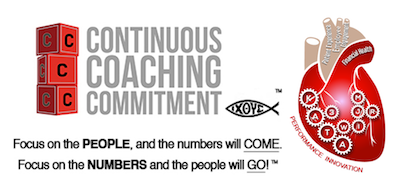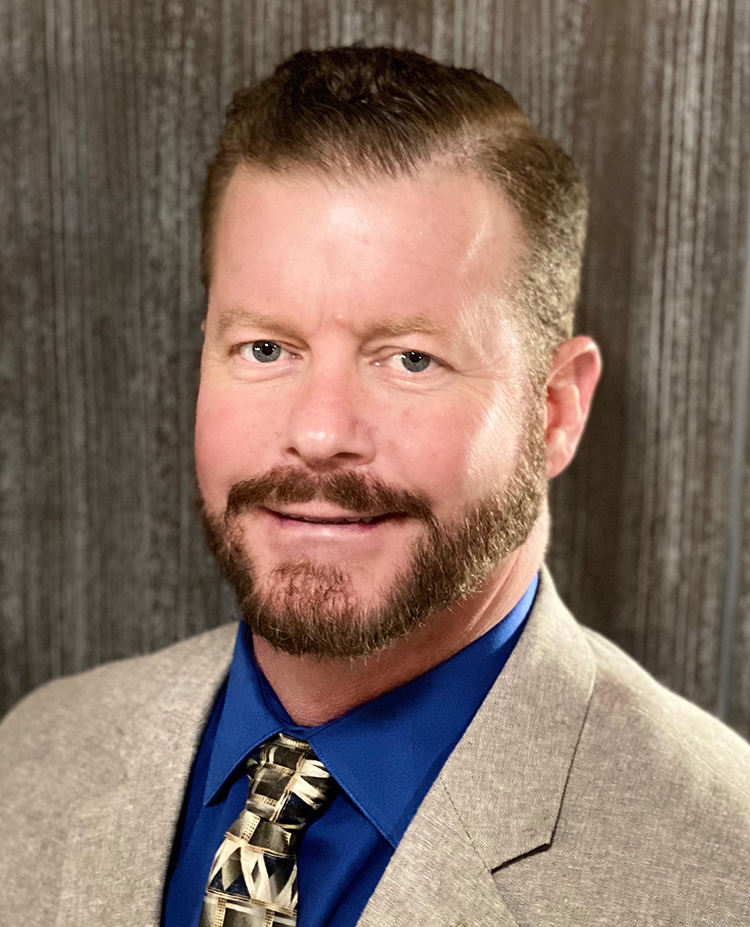-Over the past few decades, there have been failures of lean manufacturing implementations in both healthcare and manufacturing. Why do you think, though, that the failures have occurred? What has led them to not reach the level of success one would expect? Is it the concept of lean manufacturing tools themselves? Could it be Six Sigma as guiding principles or the method of implementation? It may even be the way in which each of these syncs with one another.
No Processes Are the Same
One of the reasons people say that lean manufacturing implementations have failed healthcare and manufacturing is due to uniqueness of their processes. Individuals believe that what they do is niche or different from anything else. Due to this reason, they just go with the premise that they cannot apply a traditional lean or Six Sigma approach, or they use The Toyota Production System as a “cut-copy-paste”. The truth is that lean can be used for any product or service company. It comes down to the deployment of scientific thinking and how the tools are coached commonly referred to as “Kata” and reaching a level of mastery that distinguishes deployment from implementation.
Learning and Adapting the Tools
So many companies in the healthcare and manufacturing industry have failed to effectively deploy lean or Six Sigma because they try to follow Toyota. Tools developed by a company like Toyota were done intently to solve their specific. It is not about copying what was done. Instead, it is about going through the process of Kata, deliberate practice, and expert coaching to transform culture. You need to understand the tools and the guiding principles without directly copying them. Once you have done that, you can begin to apply them to your business scenario. It is by doing this that you are going to get the results.
A New Type of Thinking Pattern — Combat the Flu Epidemic
It takes about 4-6 months of daily practice before Learners and Coaches can start to detach from the “starter Kata” 5 questions. At that point the meta routine has become 2nd nature and the Learner begins to determine the obstacles found versus jumping to solutions. For example, take Melanie Mays, Nursing Manager of Baptist Memphis ED, who saw this year’s flu cases rising rapidly. She had developed competent skills as a Kata Learner and Coach and had practiced scientific thinking in the past. Using those skills, along with an extremely high census one morning, she created a flu clinic in the waiting room.
The idea was to reduce contact from patient to patient and those working at the medical facility. She began to remove obstacles such as: stocking this area with flu swabs, making sure there was on oxygen sensor in place rather than use the disposable ones, moving a computer and printer closer to the point where she tagged the swabs, running swabs to the lab rather than relying on the tube system, and even simple things like putting tissue at the chair where the patient was being swabbed. Keeping the patient experience first, her second priority was for staff to use masks at the new area of testing. By doing this, she reduced flu cases in her staff, prevented staff “call-ins,” as well as the length of stay for a flu patient from 125 minutes to just 30 minutes over a three-day span.









No comments yet.